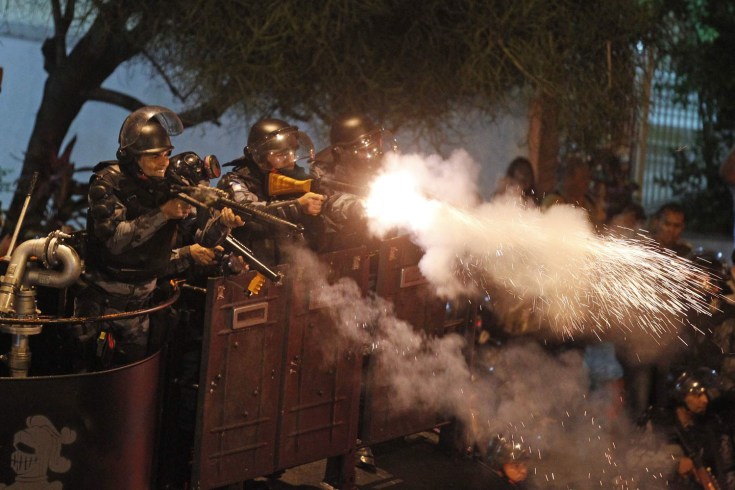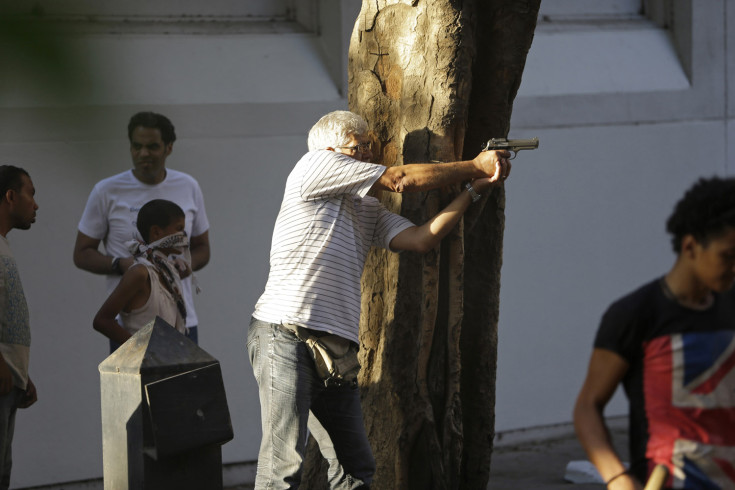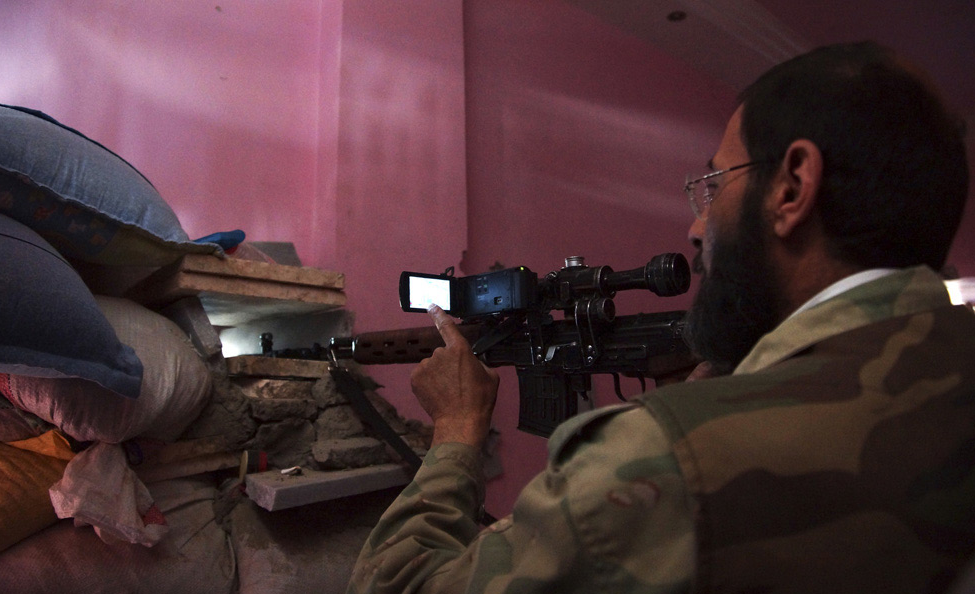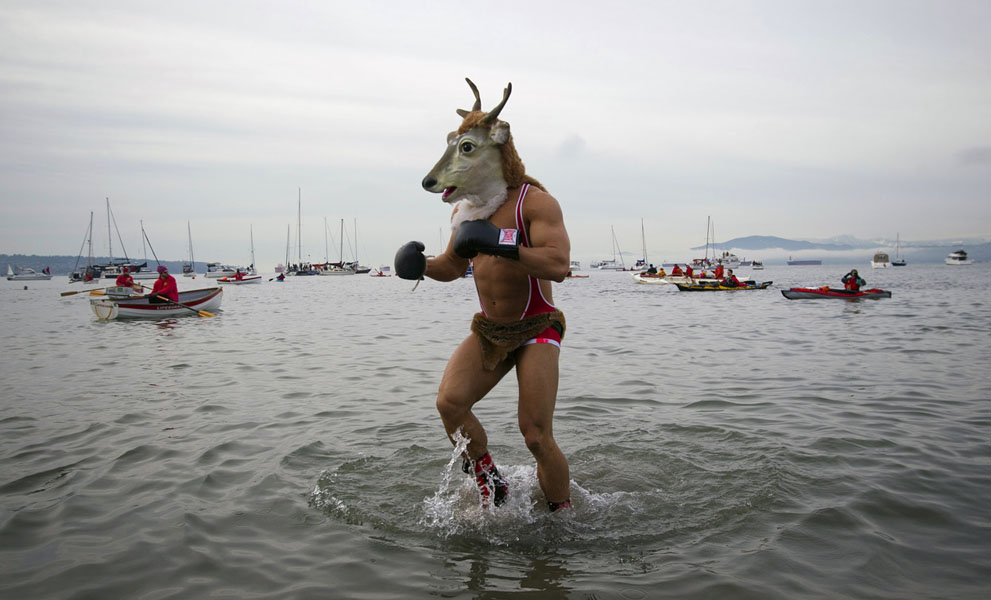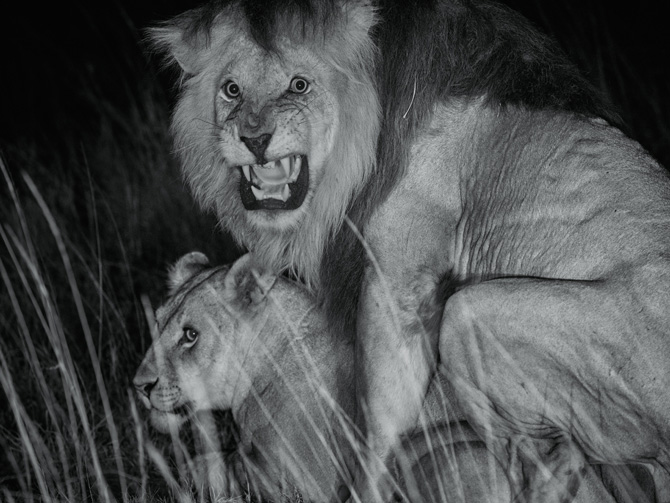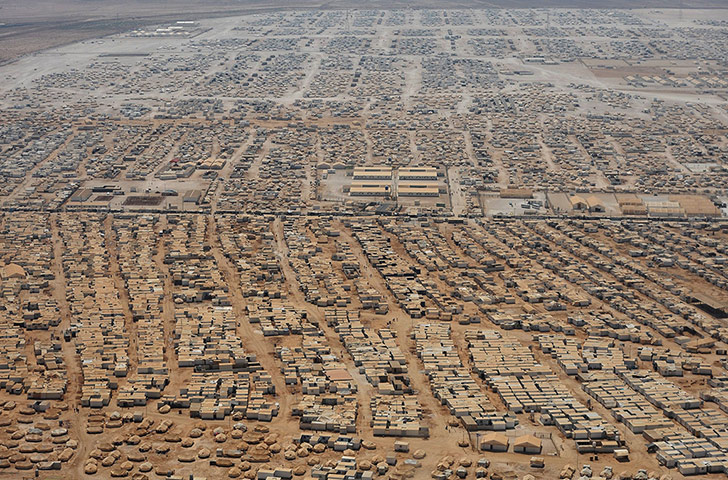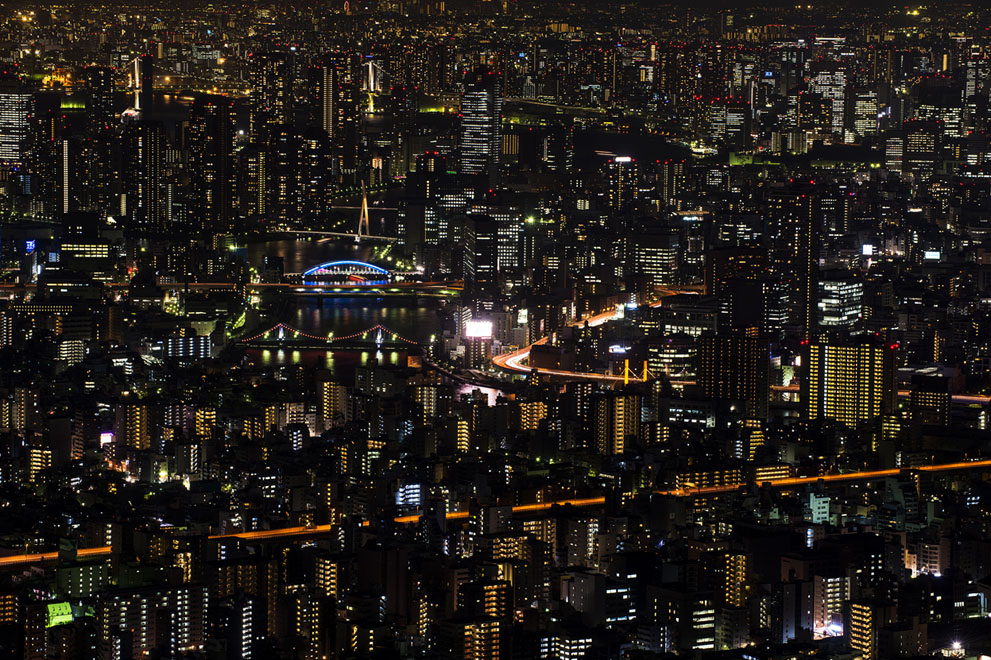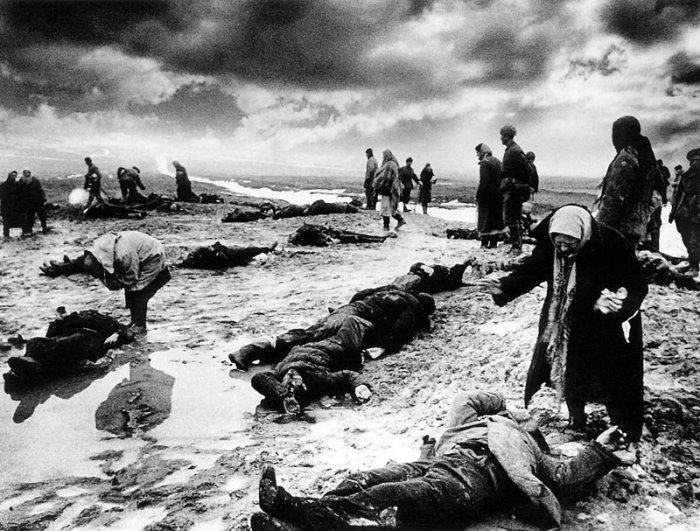I think it’s safe to say that it’s a slow news summer in the US. Ironically, Europe and the Middle East are up to their ears in trouble: floods, riots, civil war in Syria, a coup d’etat in Egypt, . . . . but that doesn’t exactly qualify as news in the US press. The unrest is so pervasive elsewhere, however, that you can have a choice of themes as you browse through the slide shows. Water canon shots were big this week, for example. Tear gas, and the ingenious ways to deal with it, remains a staple. What caught my eye, however, was the way that the Guy Fawkes mask has become an international symbol.
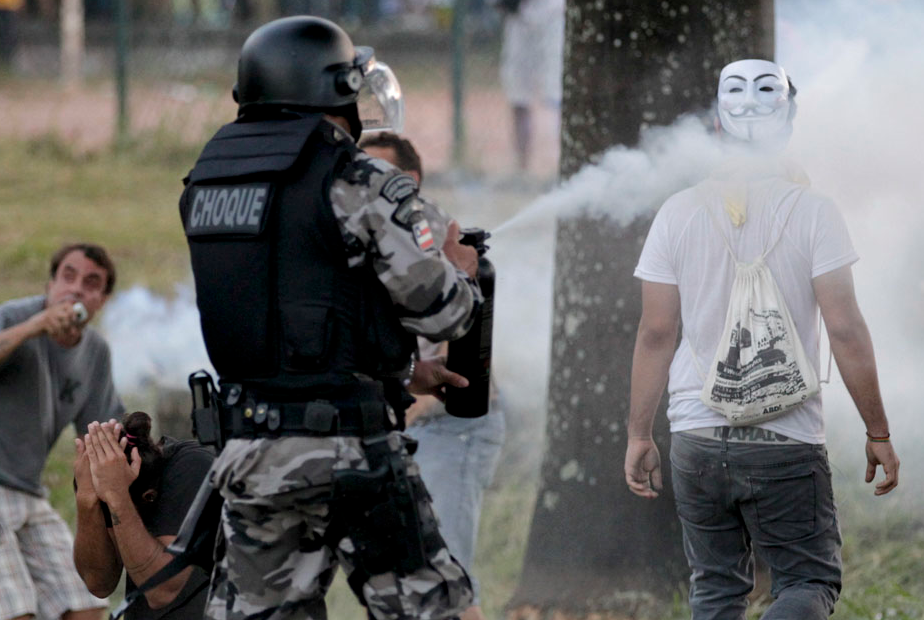
This photo is from Salvador, and the one below is form Istanbul. (You can locate hundreds of examples from around the world with a few key words at Google Image, but these are more recent than many.) I love the pepper spray shot, as it perfectly captures one function of a mask. The cop is spraying as if at the protestor’s face, except that the guy actually has his backside to him. By putting the mask on the back of his head, he simultaneously deceives and mocks, protecting himself and exposing the authority’s abuse of power. Of course, the cop may know better, but the fact that he shoots anyway perfectly replicates both the mask’s function and his own excessive use of force. Instead of being a mere prop, but mask seems to write the play.
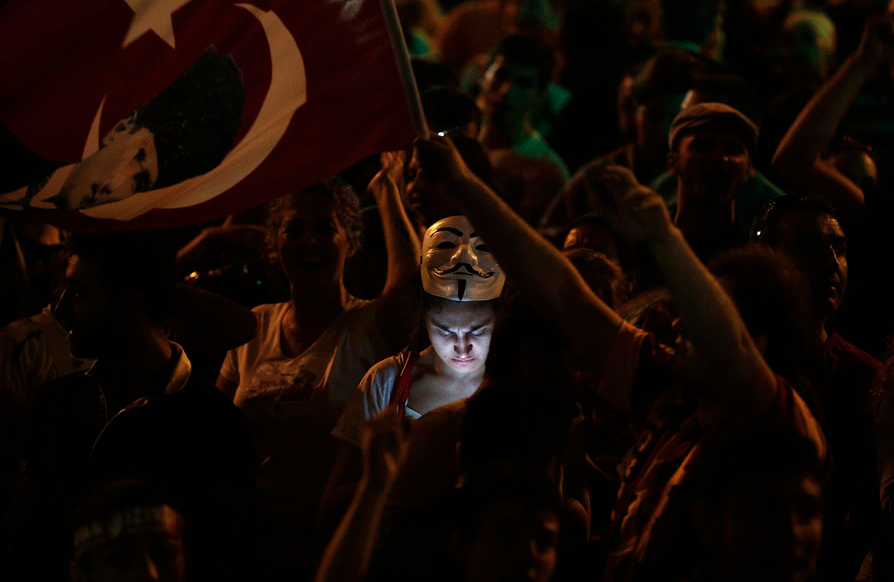
This more pensive image also has the mask off the face. The woman in Taksim Square has pushed it atop her head so that she can use her phone during the demonstration. Illumined by her phone, she is a small island of repose amidst the raised arms and flags of the crowd. Once again, however, the mask works just as well where it is. Whatever her private message, she continues to play her public role. The mask now works almost as a hat or crown as well, but even more as a disembodied face, smiling Cheshire Cat-like through the fray. And that is what a mask is, of course: a face without a body, ready to be adopted by anyone who is willing to become two personalities instead of one. Or you can think of that face reposing on her body, as she becomes a willing platform for something at once more ethereal and larger than herself. A single person and a continuously replicating image are easily conjoined, so much so that she can push it up like a pair of sunglasses while it can continue nonetheless to imply havoc.
The Guy Fawkes mask now has a history that includes the V for Vendetta comic book and film, the hacker group Anonymous, and more as well. It has been banned in Bahrain, the UAE, Saudi Arabia, and Canada. (Yes, Canada; maybe it’s that civility thing they’ve got going.) Given that smile, it shouldn’t be without irony, and it’s not: the mask, a best seller at Amazon.com, makes money on every sale for Warner Brothers. (Yes, Warner Brothers–not your typical revolutionary anarchist movement.) Given its complexity, ubiquity, wide distribution, and visual salience, perhaps it might become a sort of measuring stick: something photographers can focus on to capture at once what is both uniform and yet locally distinctive about this demonstration or that protest.
In any case, you don’t have to wait until November 5 to celebrate Guy Fawkes day. Around much of the globe, it’s now a regular occurrence. After all, around much of the globe, people are upset about the bad behavior of their elites. But that’s over there.
In the US, the big story at the moment–other than the All Star Game, of course–is that the Senate voted to keep the current filibuster rule–and this is supposedly a breakthrough, a push back against the political paralysis that has resulted from–you guessed it–overuse of the filibuster. This is not a good play. At the very least, someone ought to show up properly attired.
Photographs by Jorge Silva/Reuters and Stoyen Nenov/Reuters.
2 Comments

